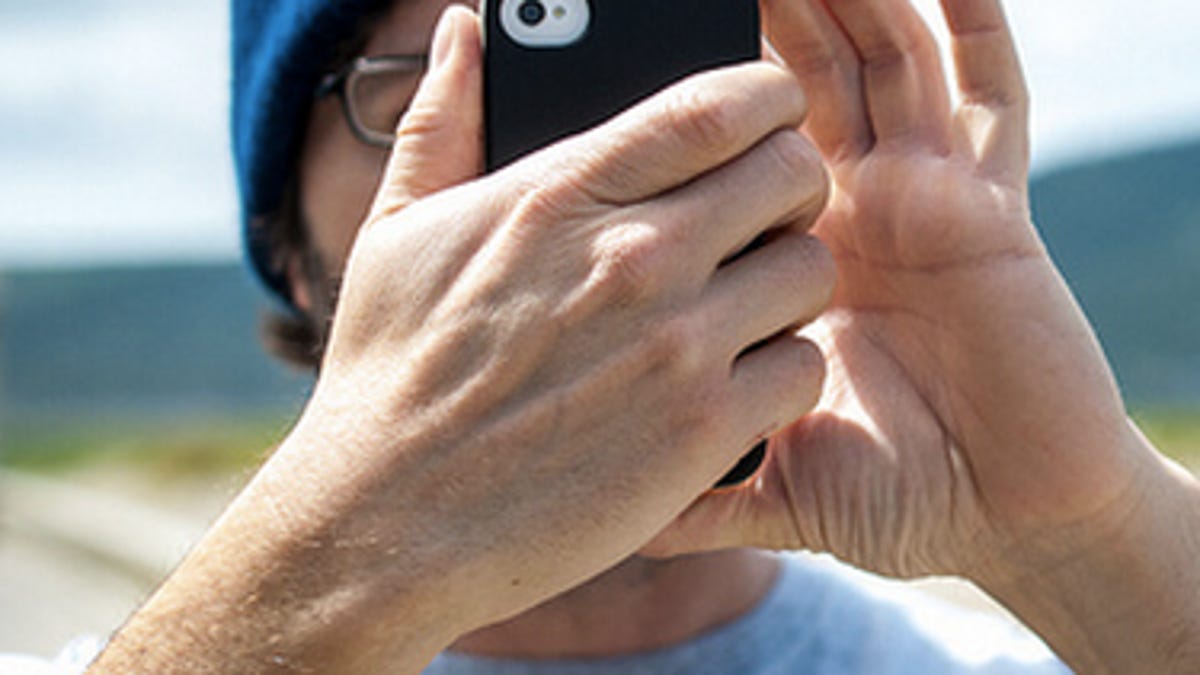Samsung breaks out the oranges in its offensive against Apple
Korean company begins to make its case that Apple is infringing on a trio of its feature patents on a multitude of devices. Family photos, pieces of fruit, and even Bruce Springsteen make cameo appearances.

SAN JOSE, Calif. -- Samsung wove family photos, pieces of fruit, and even a little Bruce Springsteen into its patent offensive against Apple today.
With three Apple feature patents aimed at nearly two dozen of Samsung's products during the past two weeks of trial, Samsung struck back today with a trio of its own.
On the stand for Samsung was Woodward Yang, a patent specialist who went through how some of Apple's iPhone, iPad, and even iPod Touch models allegedly infringed on three of Samsung's patents covering things like e-mail, photo albums, and playing music in the background of other apps.
That included, cheekily enough, taking photos of oranges... with a slew of Apple devices.
Yet Samsung is hoping for more of an apples-to-apples comparison (no pun intended), that shows Apple is, in fact, infringing on all three of the company's patents with various software features.
Yang, who has worked as part of Harvard's patent team for the past 20 years, told the court he did "fundamental" work on the beginnings of the first CMOS image sensors for mobile phones, as well as facial recognition and memory technology for feature phones. He's also the Samsung witness thus far who's done the most homework, having spent what he believed to be "300 to 400" hours of examination of various Apple devices.
Complete coverage: Apple v. Samsung, a battle over billions
Despite being the fastest-talking specialist so far, Yang had a seemingly relaxed manner, doing his best to explain the frequently tedious patent claims directly to the jury. In the battle between the two companies, the three patents on Samsung's side are perhaps the easiest to understand. The company also accuses Apple of infringing two "standards-essential" patents that cover 3G wireless technology.
Yang demoed one of the most basic patents -- e-mailing a photo from the device -- by showing various Apple devices taking a picture of an orange, and sending it off to someone else. Yang explained that the feature had been created specifically for feature phones, and to keep users from having to plug in their device to a computer to get photos off it.
Photos also come into play with a separate patent covering photo albums that lets users bookmark a shot to return to it later. The feature was demoed as infringing on the iPhone 3GS and 4, as well as the iPad 2 and fourth-generation iPod Touch, with photos of kids that a user would see when pulling up a photo roll from within another app.
Samsung also demonstrated the background music playback feature, which used software instead of hardware to keep music playing, even when a user switched applications. Yang said that the idea had originally been envisioned as something that could keep the design of such devices small, without adding extra hardware to decode music tracks.
Samsung was "trying to solve the idea that when you merge these devices, how do you do it without adding extra hardware? If it doesn't have any extra hardware, it can be smaller," Yang said.
A demo of that in action showed it working on various Apple devices with some Bruce Springsteen in the music app, before switching off to another application.
Apple lawyer Bill Lee went after Yang, noting that none of the inventors on the patents testified as part of the trial, and furthermore that Samsung wasn't actually using any of the patents in its own smartphones. Lee asked how Apple would then "copy" those features, a claim Samsung made in its opening statement at the beginning of the trial.
"In your 400 hours of work, you have not found one iota of evidence that Apple knew about the '893 patent, or copied the '893 patent," Lee said, referring to the photo-bookmarking feature. Yang said that was the case.
Instead, Lee attempted to paint Samsung as the copier, pointing back to the same internal Samsung document the company brought out earlier in the case. The document, which had side-by-side comparisons of Samsung's pre-release Galaxy S smartphone and the iPhone, had a page Lee pulled out depicting that Samsung had actually looked to the iPhone for how it handled attaching photos to e-mails:
Yang's testimony is the third of the day in the trial between the two tech giants. The day opened up with the continuing testimony from Adam Bogue, one of the individuals involved with the development of DiamondTouch. Bogue took to the stand Monday to demonstrate Samsung's prior art claims against Apple's various multitouch gesture patents. After Bogue was his colleague Clifton Forlines, who also worked on the technology while at the Mistubishi Electric Research Laboratories.
The trial runs through the whole week and is set to conclude with closing arguments next Tuesday.
Update, 11:47 a.m. PT: Adds testimony details.

